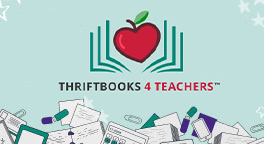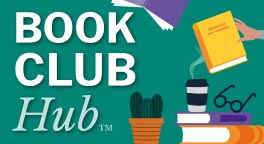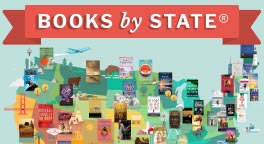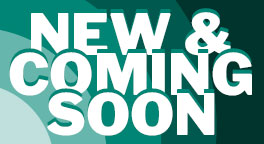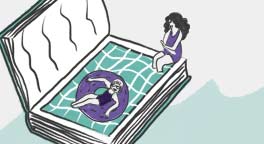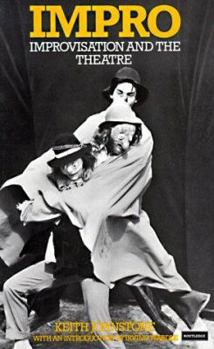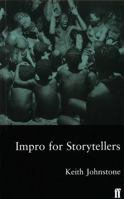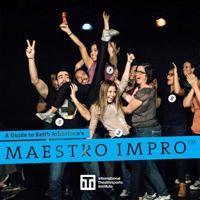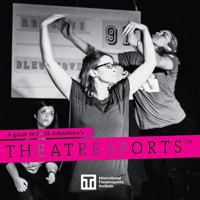Impro: Improvisation and the Theatre
Select Format
Select Condition 
Book Overview
Customer Reviews
Rated 5 starsentertaining and inspiring
I read most of this in one sitting! It's that engrossing. Mr. Johnstone's writing is very lucid and the anecdotes he provides are illuminating, concise and memorable. The best chapter was about narrative ... it taught me what a story is and isn't. That lesson alone is worth the price of this book. I'm a novelist, but found this to be a better stimulus than most of the "how to write fiction" manuals or writing classes out...
1Report
Rated 5 starsNot a theatre book, but a teacher's manifesto
Keith Johnstone's book has influenced countless acting classes. Many artists who have not yet heard of this book are doing exercises based on his experiments in England with actors using improvisation to discover status operations within a scene, narrative structure, and the importance of structure and process over "content" (a sticking point for the improvisator, the public speaker, and everyone who has ever said, 'I can't...
1Report
Rated 5 starsThe bible of creativity! Buy this book!
This book is the absolute bible of improv and acting. Keith Johnstone takes you step by step through his approach to teaching. The exercises he uses really work to get our intellects out of the way of our creativity. The section on status is extremely useful. As a testament, I used some of them in my beginning improv class and amazing things happened. The class understood and became more aware of how we use status in...
0Report
Rated 5 starsImpro is actually 6 distinct books in one.
This book is actually 6 books in one. Apart from being one of the foremost authorities in the art of improv theater (1), it is 2)the finest example (I've found)of comic theory; 3)a sociology essay; 4)a concise guide to basic storytelling; 5) an amazingly progressive 'how to' teaching manual; and 6)a clear map into the creative process. There are likely other applications that I have yet to discover. This book is seminal,...
1Report
Rated 5 starsPossibly the most important book in theatre education . . .
Keith Johnstone is a maverick educator and theatrical innovator. This book, first published in 1979, remains the most important book on improvisation written in English. Johnstone divides the world of improvising into four categories:Spontenaity, Narrative, Status and Masks. The stories about his own loss of creativity through the demands of public education set the frame for his illuminating description of what it takes...
0Report



